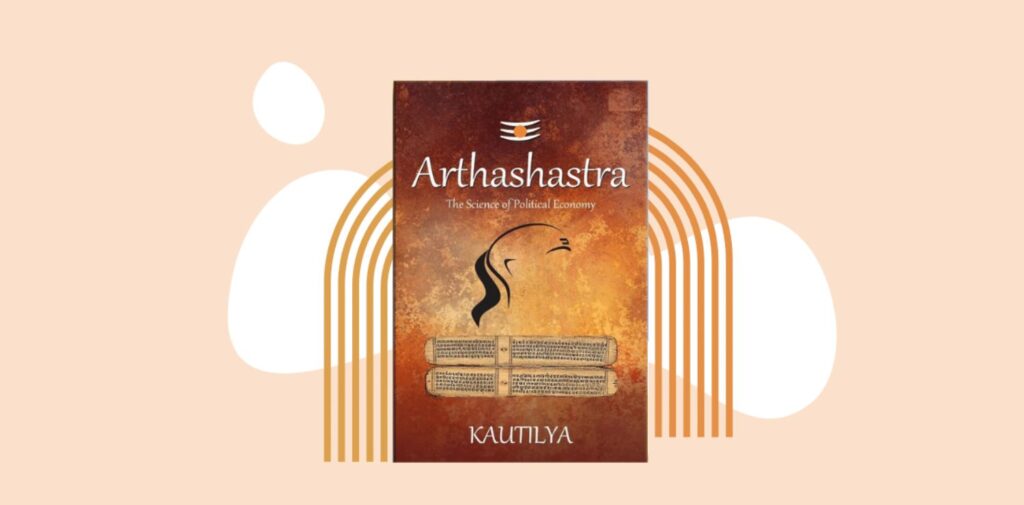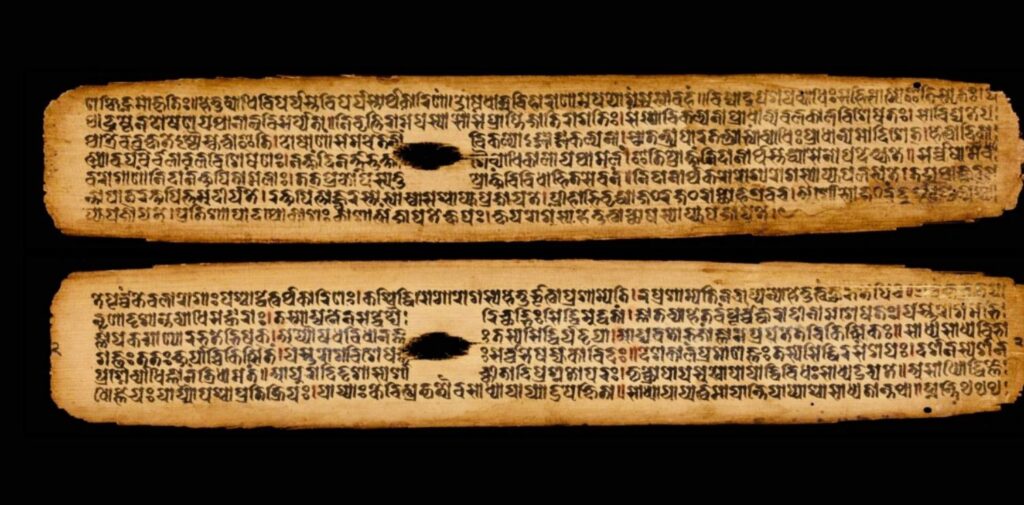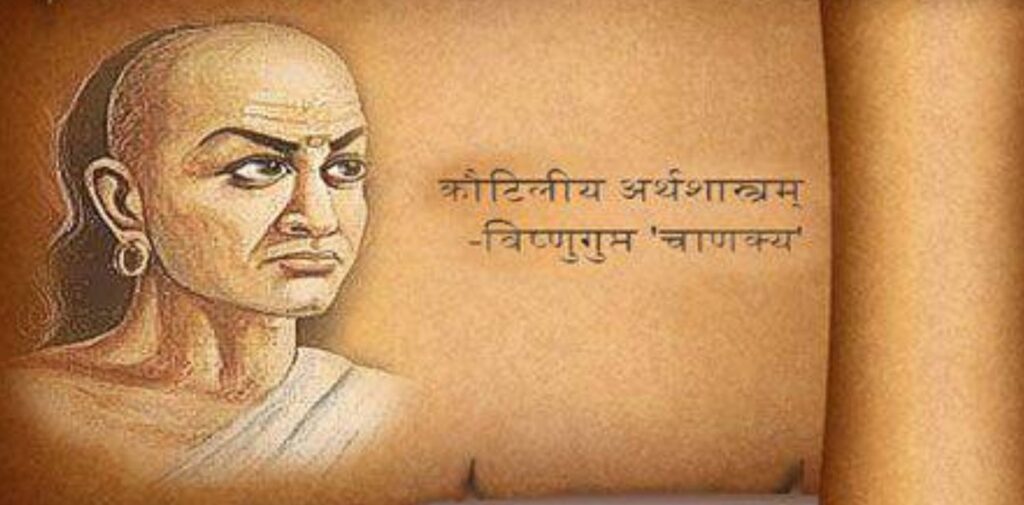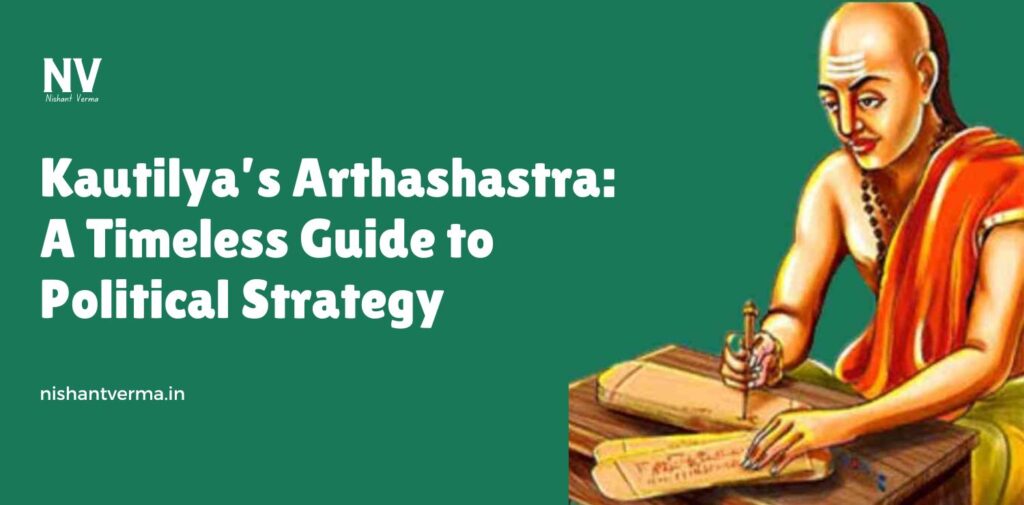Kautilya, also known as Chanakya, was an ancient Indian philosopher, economist, and political strategist. His work, the Arthashastra, is one of the oldest and most influential texts on statecraft and politics. Written around the 4th century BCE, the Arthashastra provides invaluable insights into political strategy, governance, military tactics, and diplomacy. Despite its ancient origins, the ideas presented in the Arthashastra remain relevant today. This article explores the importance of Kautilya Arthashastra in political strategy, its key concepts, and how it has shaped political thought across centuries.
What is the Arthashastra?
The Arthashastra is an ancient Indian text that deals with a wide range of topics, primarily focusing on statecraft, governance, economics, and military strategy. Kautilya, the author of the text, was a brilliant scholar and advisor to Emperor Chandragupta Maurya. He played a significant role in establishing the Maurya Empire, and his writings have been passed down through generations as a guide for rulers and statesmen.
The Arthashastra is divided into 15 books, covering areas like diplomacy, law, military strategy, the role of a king, and the economics of a state. It emphasizes the importance of wise leadership, strategic thinking, and understanding human nature for effective governance.

Key Aspects of the Arthashastra
1. Statecraft and Governance
Kautilya’s primary focus in the Arthashastra is the art of governance. He believed that a ruler must be well-versed in the workings of the state and be able to manage it effectively. According to him, a ruler must prioritize the welfare of the people while ensuring stability and security. Kautilya stressed that the ruler should not only be a warrior but also a wise administrator who is well-educated and understands the complexities of governance.
The Arthashastra also highlights the importance of a well-organized bureaucracy and effective administration. A ruler’s success depends largely on the ability to manage resources, maintain law and order, and ensure the well-being of the people. Kautilya also believed in the need for constant vigilance and the use of intelligence to keep track of the activities of both internal and external threats.
2. Diplomacy and Alliances
Diplomacy is one of the most important aspects of Kautilya’s political strategy. He understood that alliances and relationships with other states could make or break a kingdom. The Arthashastra outlines a sophisticated approach to diplomacy, emphasizing the need for flexibility and adaptability in dealing with various powers. Kautilya’s approach was pragmatic and realistic, recognizing that alliances may change based on shifting power dynamics.
Kautilya’s concept of diplomacy included the use of spies, agents, and intelligence networks to gather crucial information about other states. He also advised rulers to make use of alliances when beneficial but warned against relying too heavily on them, as alliances can quickly dissolve or become counterproductive. He described the different types of foreign policies, including peace, war, neutrality, and the use of secret diplomacy.

3. Military Strategy
Kautilya was a master of military strategy and warfare. The Arthashastra outlines detailed tactics for preparing and conducting warfare, highlighting the importance of strategic planning, intelligence gathering, and the use of military forces. One of the key aspects of Kautilya’s military philosophy is the idea that war should be avoided unless absolutely necessary. When war is inevitable, however, Kautilya advocated for decisive action and quick victory.
Kautilya emphasized the importance of using spies and intelligence to gather information about enemy forces, their strengths, weaknesses, and strategies. He believed in using psychological warfare to confuse and demoralize the enemy, as well as the strategic use of alliances to isolate adversaries.
4. Ethics and Morality in Politics
While the Arthashastra is often viewed as a pragmatic and even ruthless guide to politics, Kautilya also recognized the importance of ethics and morality in governance. He believed that a ruler must always strive to act in the best interest of the people, ensuring justice, fairness, and the protection of the common good. However, he also understood that sometimes, a ruler may have to make tough decisions, even if they involve morally questionable actions, to maintain the stability and security of the state.
Kautilya’s ethical approach to politics is centered on the idea of dharma (righteousness). A ruler must balance the need for pragmatism with a commitment to upholding justice and fairness. In situations where diplomacy or military action may be necessary, the ruler should ensure that the actions align with the greater good of the people.
Relevance of the Arthashastra in Modern Political Strategy
Though written over two millennia ago, Kautilya Arthashastra remains an essential text for understanding political strategy and statecraft. Many of the principles outlined in the Arthashastra continue to be applied in modern politics, diplomacy, and military strategy. Below are some ways in which the Arthashastra is still relevant in the contemporary world:
1. Strategic Thinking and Decision Making
One of the key lessons from the Arthashastra is the importance of strategic thinking. Kautilya’s emphasis on careful planning, intelligence gathering, and the ability to adapt to changing circumstances is still highly relevant today. In modern politics, leaders must make informed decisions based on a clear understanding of the political landscape, just as Kautilya advised rulers to study their environment carefully.
2. Realpolitik and Diplomacy
Kautilya’s approach to diplomacy and foreign policy is rooted in realpolitik, or the practice of pragmatic politics based on power and national interest rather than ideals. This approach remains highly influential in contemporary international relations, where nations often pursue their own interests, even at the expense of ethical considerations. The principles of alliance-building, covert diplomacy, and strategic negotiation from the Arthashastra continue to shape modern diplomatic practices.

3. Understanding Human Nature
Kautilya had a deep understanding of human psychology and behavior, which is evident in his discussions on leadership and governance. He recognized that people are motivated by their desires, fears, and ambitions, and a successful ruler must be able to anticipate and manipulate these factors to maintain control. This understanding of human nature is still applied by political leaders today when managing both domestic and international affairs.
4. The Role of Spies and Intelligence
The use of spies and intelligence networks is a key element of the Arthashastra. Kautilya believed that information was one of the most valuable assets in both diplomacy and warfare. This insight has not lost its relevance today, as modern governments and corporations invest heavily in intelligence gathering to maintain security and gain a competitive advantage.
Conclusion: Kautilya Arthashastra
Kautilya Arthashastra stands as one of the most important and influential works in the history of political thought. Its ideas on statecraft, diplomacy, military strategy, and ethics have shaped political strategy for centuries. Despite being written in ancient times, the principles outlined in the Arthashastra are still applicable in today’s world, where strategic thinking, realpolitik, and the understanding of human nature remain at the heart of effective political leadership.
For anyone interested in the art of politics and leadership, the Arthashastra provides timeless wisdom and practical insights that can help navigate the complex world of governance, diplomacy, and military affairs.




